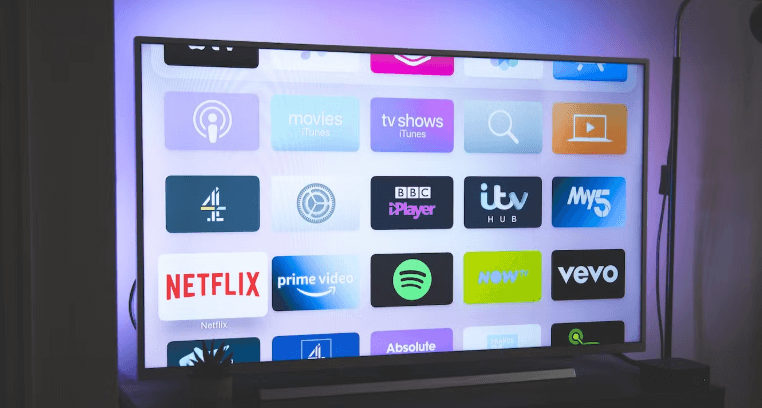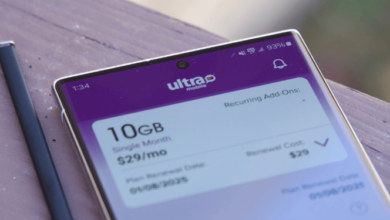How Much Power Does a Tv Use per Hour: Energy Consumption of Televisions

Televisions have become integral to modern life, yet many consumers remain unaware of the significant variations in their energy consumption. With power usage ranging from 30 to 400 watts per hour, the type of television, its size, and even the settings can dramatically influence this figure. As technologies evolve, understanding these nuances is crucial for making informed purchasing decisions and effectively managing energy costs. What factors should one consider when evaluating the energy efficiency of their television? Exploring these dimensions reveals insights that could impact both your wallet and the environment.
Understanding TV Power Ratings
A substantial number of consumers may overlook the significance of power ratings when selecting a television, yet these metrics play a crucial role in understanding energy consumption.
The power rating indicates the wattage required for operation, directly influencing energy efficiency.
Types of Televisions and Their Consumption
Different types of televisions exhibit varying energy consumption patterns, influenced by their technology and design.
LCD models typically consume less power than Plasma screens, while OLED technology is more efficient than both.
Smart TVs, integrating additional features, may have higher energy use due to their connectivity.
Understanding these differences allows consumers to choose models that align with their energy consumption preferences and lifestyle.
Factors Affecting Energy Use
While the type of television is a significant determinant of energy consumption, several other factors also play a crucial role in influencing overall energy use.
Screen size directly correlates with power demands; larger screens typically consume more energy.
Additionally, brightness settings can significantly affect consumption, while energy efficiency ratings and the presence of smart features further contribute to variances in energy use across different models.
See also Hughesnet Service: Satellite Internet Service by Hughesnet
Tips for Reducing Power Consumption
Reducing power consumption of televisions can be achieved through a combination of strategic adjustments and informed choices.
Implementing energy saving tips, such as utilizing energy-efficient settings, adjusting brightness levels, and employing timers for automatic shut-off, can significantly lower energy usage.
Additionally, practicing smart usage, like unplugging devices when not in use, fosters a proactive approach to minimizing electricity consumption and promoting sustainable viewing habits.
Conclusion
In the realm of entertainment, televisions serve as both beacon and burden, illuminating spaces while consuming energy. Knowledge of power ratings and consumption metrics resembles a compass, guiding consumers through the dense forest of choices. By understanding the intricacies of television technology and its energy demands, individuals can navigate toward sustainable viewing experiences. Ultimately, the synergy of informed decisions and mindful usage can transform a potential drain on resources into a harmonious balance of enjoyment and environmental stewardship.





